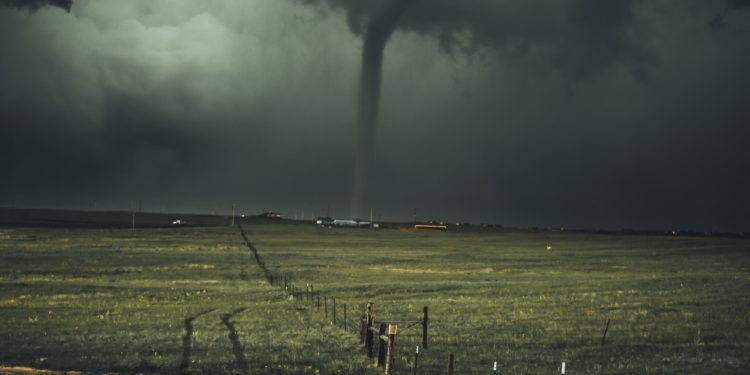During Feb. 5-10, the state of Alabama observed the 2023 National Severe Weather Preparedness Week. In response to this, Chief Officer Tommy Taylor sent out a campus-wide email to remind students of the importance of weather safety and preparedness.
In this email, Taylor provides a link that serves as a resource for students to use if they need it. The link leads to the National Weather Service Preparedness page and provides students and other Alabama residents with the main fundamentals of a strong weather preparedness plan.
The National Weather Service characterizes a strong severe weather plan as having “knowledge of terminology such as watches and warnings, knowledge of safety rules when sever weather strikes, reliable method of receiving emergency information, designation of an appropriate shelter, and drills to test the plan.”
The purpose of the preparedness week is described by the National Weather Service as meant “to provide people with the knowledge necessary to protect their lives when severe weather threatens.”
The National Weather Service also strongly advises forming a plan ahead of time, stating that “when sever weather develops and warning are issued you must take immediate action to protect yourself and others.” In other words, when severe weather hits, it is unlikely that there will be time to formulate a logical plan with the main components listed above.
Chief Taylor’s email aims to be equally informative but pertains specifically to on-campus alerts and procedures when severe weather could or will hit Samford. His message was sent on behalf of the Samford University Department of Public Safety and Emergency Management.
The email specifically distinguishes between tornado warnings and tornado watches, stating that “the key is to know the definitions and differences between common severe weather-related terms.”
Chief Taylor specifically included a note on tornado-related messages and warnings which explains that “Samford University typically only sends out Tornado Warning information if the greater campus community is located within the severe weather polygon (expected or potential impact area).”
Jared Hyday, a sophomore accounting major, offered his student perspective on campus weather warnings. He expressed his appreciation for the RAVE alerts that are sent out to students.
“The RAVE alerts are helpful; when I lived in Smith, I was alerted very quickly of what to do in an emergency,” Hyday said.
Hyday also commented on the severe warning emails provided by the university that warn of inclement weather.
“I read (the severe weather emails) when they send them out,” Hyday explained, “but I mainly use them for when the weather could possibly be hitting.”

Editor-in-Chief






